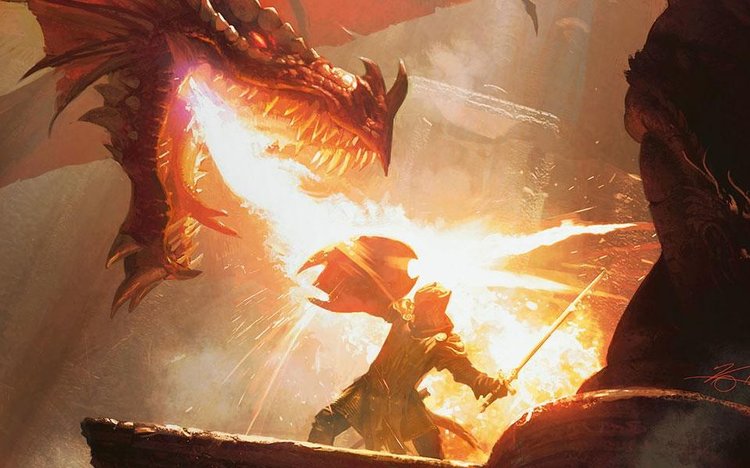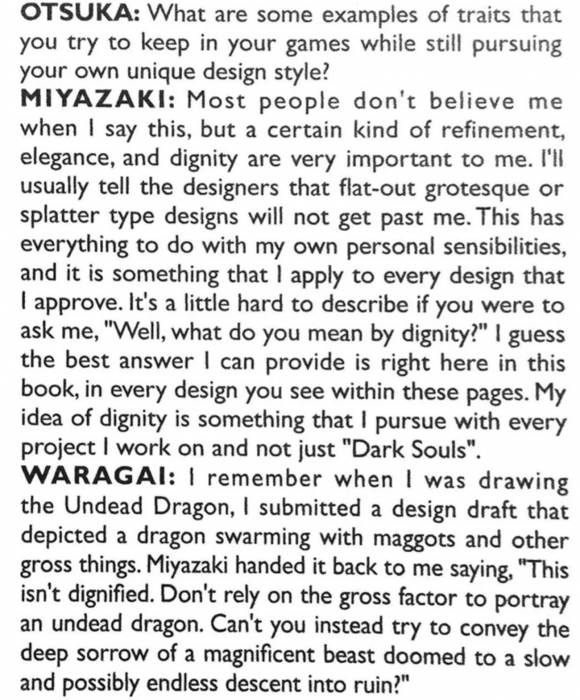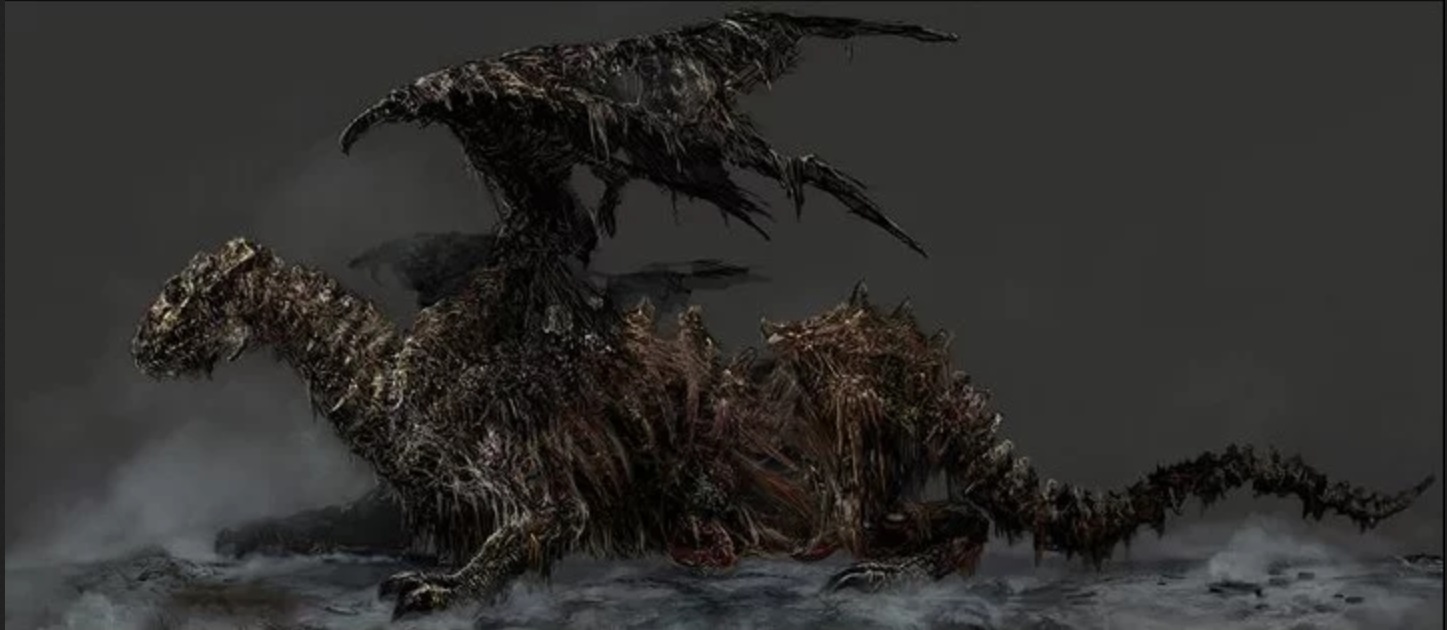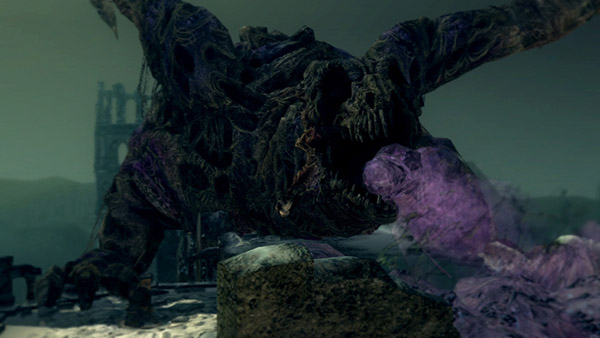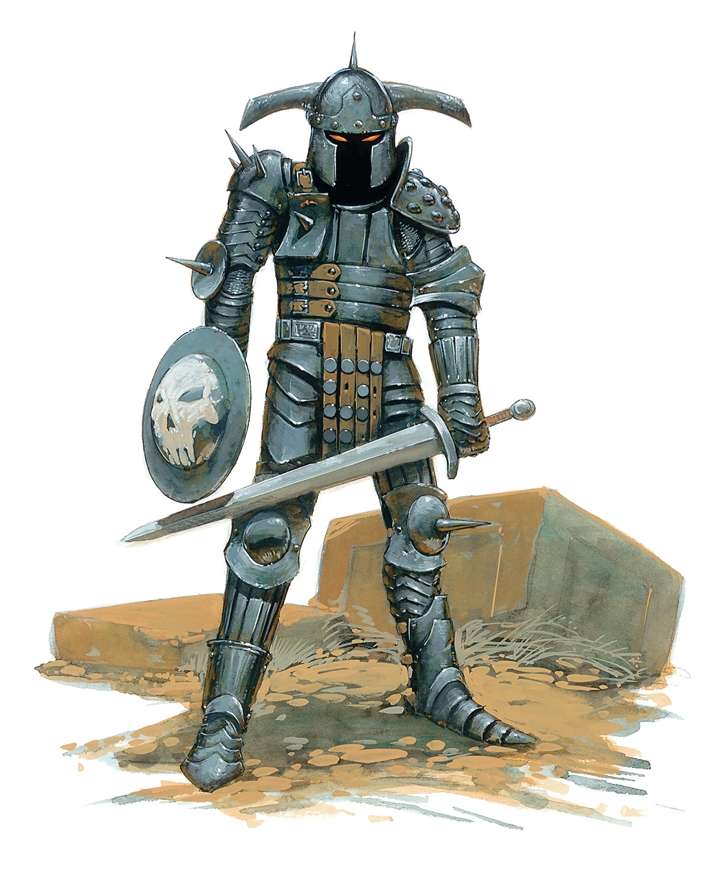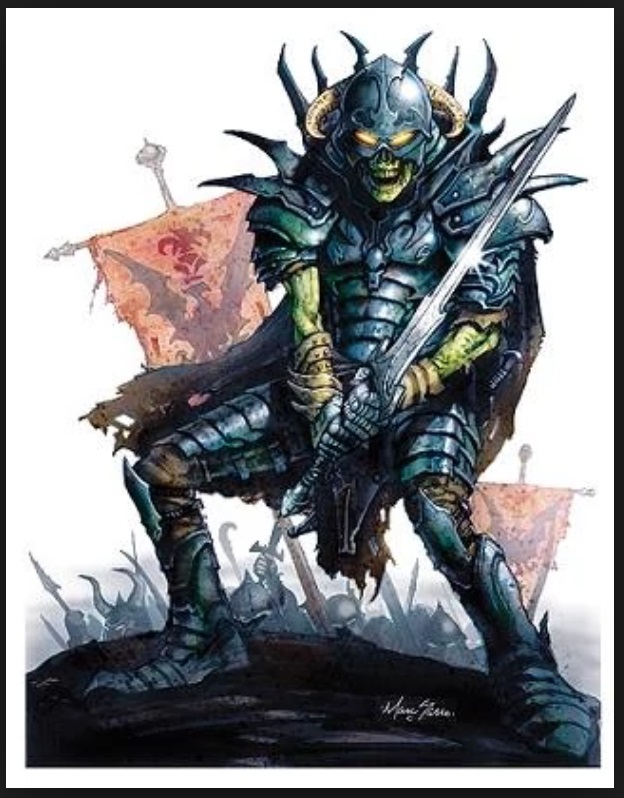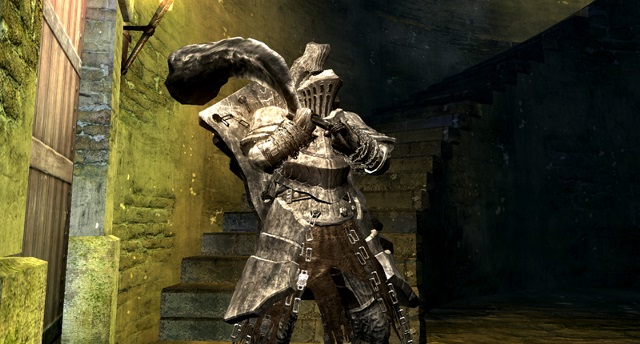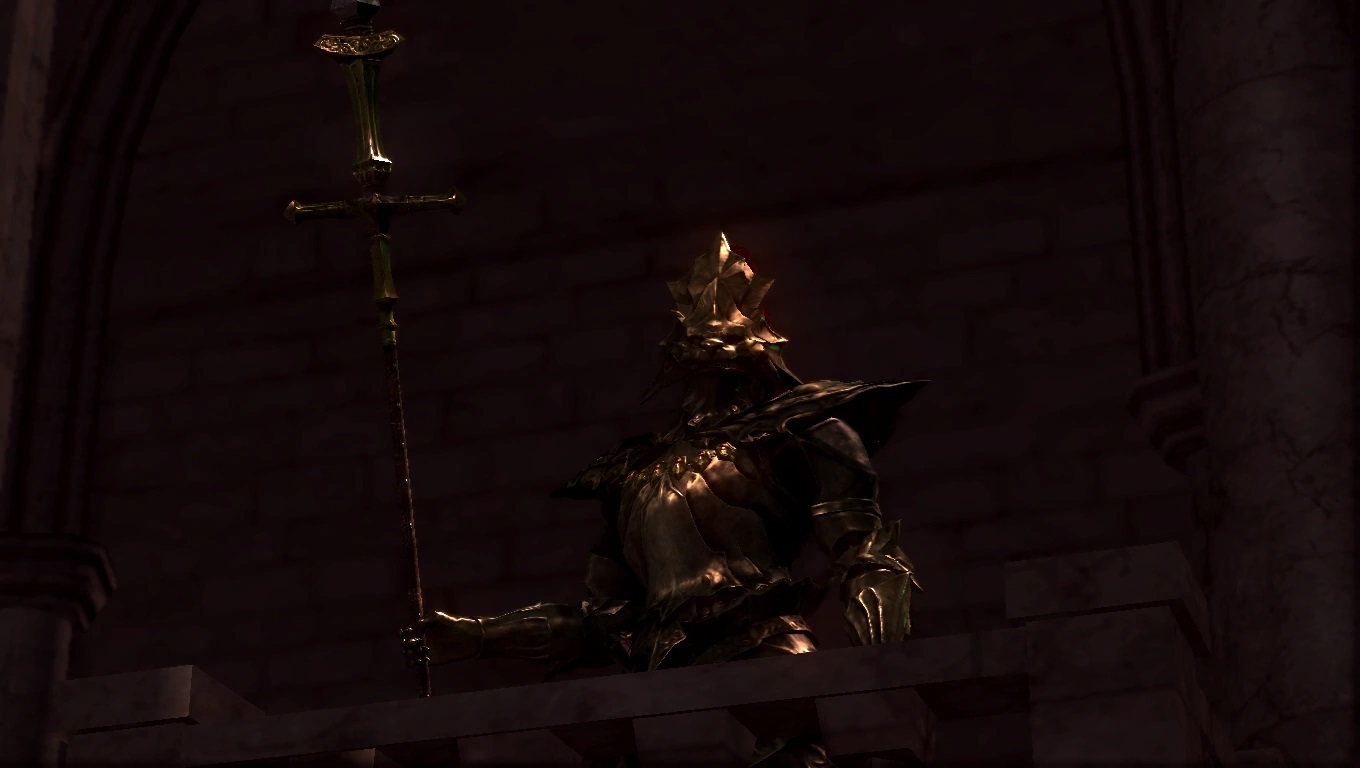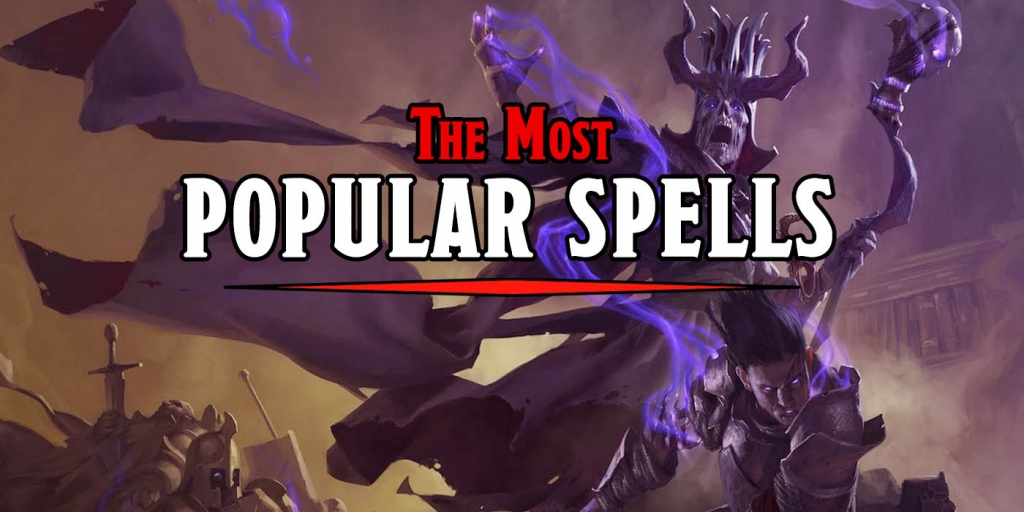D&D: Devil In The Details – How To Tell A Better Story With Your Monsters
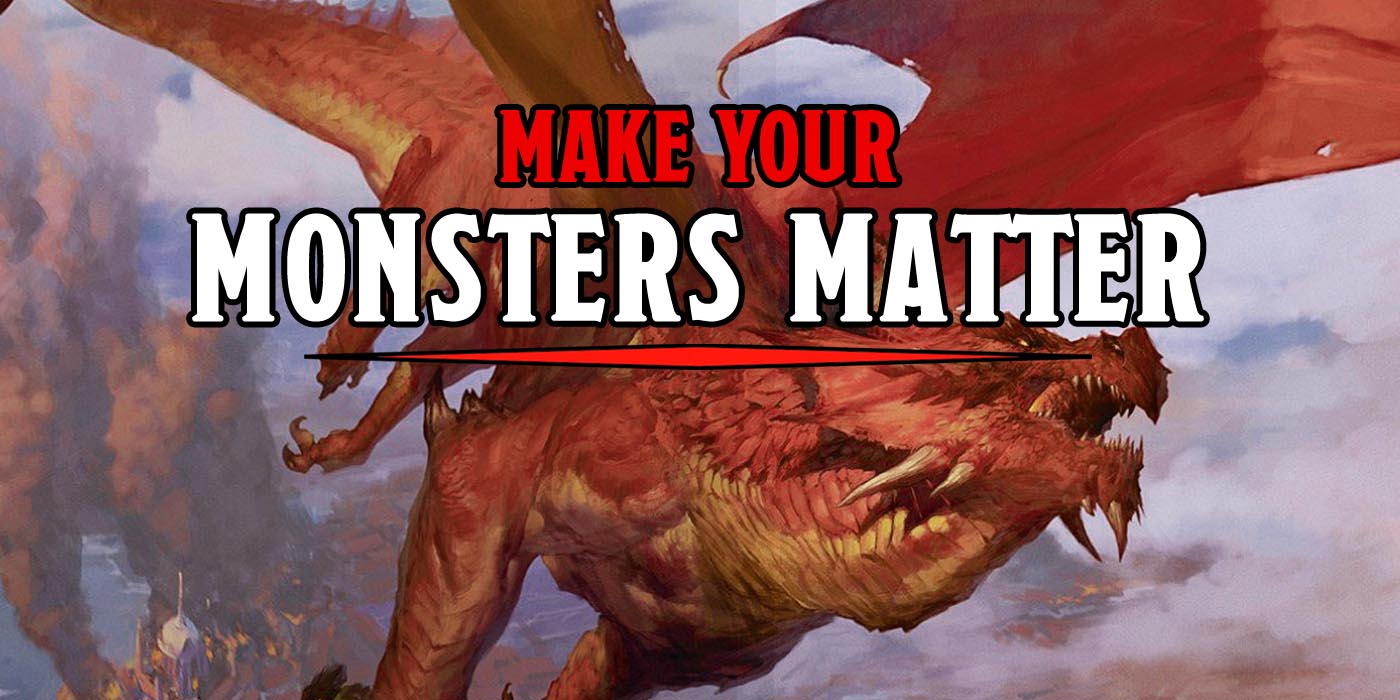
Combat doesn’t have to be all about making the numbers go down–here’s how you can use details to tell a story in even the most monstrous encounters.
There’s a trend in D&D these days that highlights the storytelling aspect of the game. Doubtless, there are folks might say it’s taking the game out of the roleplaying game, and that all the storytelling is taking away from their dungeon crawls. But today we’re going to look at how even the most hack-and-slash encounter can be used to tell a story about your world. It all comes down to using the details of your monsters to explore a narrative.
And I say narrative here for a reason–story can be two things, plot, which is the overarcing story… there’s an evil priest trying to attain godhood that the players have to stop, that’s a plot. But narrative is the story of “what’s happened in this place” and ideally it’s where your players can connect to the game. If you’ve ever played something like Half Life 2 or Dark Souls, it’s basically the environmental storytelling, where no one ever tells you that Earth was conquered in a seven hour war, or that Gwyn, Lord of Cinder, once had a nameless son who betrayed him and went on to be a boss in Dark Souls 3. But the details in the game help the players put that together and learn something about their world.
Today we’re going to talk about how you can do that in your game.
It all comes down to mood. The mood and tone of a game can be just as important as the plot you’re pushing along. And with just a little thought towards style and a bit of attention to detail, a monster can evoke mood and feeling in a way that draws players in. A few key features can invite exploration and set the tone for the story you’re telling. All that just from the actions and appearance of your monster. Let’s take a look at the emotional storytelling opportunities when designing an encounter.
Here’s a bit from Dark Souls where Dark Souls designer Hidetaka Miyazaki and artist Masanori Waragai that talks about elegance and tone.
That last sentence, in particular, is of interest here. The “deep sorrow of a magnificent beast doomed to a slow and possibly endless descent into ruin.” For reference, here’s what the Undead Dragon ended up looking like, if you’ve never played the game:
When you come across it, it’s clinging to the side of a cliff–looking dead and spent. Trapped between its claws are two special items, but when you disturb the dragon…
It spews a toxic attack that will kill you if it builds up too much. But in Dark Souls that’s also representative of the corruption inside of it. It’s breathing this wretched, horrific attack that is a mockery of the proud creature it once was. It debases itself to protect the last special items that it claims as its own, items it “died” protecting. They’re the last things that give it a semblance of self or sanity. All this works to provide it with an air of sorrow, ruin, and fallen majesty. It sets the tone of the encounter so well.
You can use this same principle when designing your own encounters.
First, think about what kind of feeling you want your monsters to evoke. That’s the first step to anything, figuring out what you want to say. Is this monster tragic? Is it ferocious? What did it do? Once you know that, think about how can you give them emotional weight.
What kinds of details invite players to think about something? What details evoke sympathy and understanding? These are your keys to getting your point across. The undead dragon’s plight might make you feel bad–but that’s only because you can understand the context. And since RPGs are dependent on you for the details that are in focus, that means that this context is dependent on the way you describe the monster. It’s your words, and your tone that set the stage. Consider an evil dude in armor:
Already there are questions you can answer.What kind of armor is it wearing? What story does the armor tell? What kinds of actions has it taken? What kinds of fights has it been in? Is the armor draped in heraldry from a forgotten empire? Does it bear trophies taken from a fallen foe? The answers to questions like these–specific moments that show this creature/armor/sword/whatever has been around for more than just the moments the players rolled up on it are one of the things that make the game magic.
Don’t just have them fight a death knight–have them fight a death knight whose armor bears the marks of the order she once fell from. Have it be a twisted reminder of the ideals she once held pure. Maybe show some signs of the internal struggle of the character. Using the Death Knight example–maybe the decorations on her armor have been hammered out, taking the shape of new symbols, unholy ones that mark her evil masters–but maybe there’s still some semblance of the person she once was in there. The noble paladin fighting against the evil.
Or maybe there’s nothing there of her former life–but that too is a choice. And you can find details that convey that story too. In Dark Souls, characters like Havel the Rock…
… or Ornstein:
…convey a very different sort of character. You can tell a whole lot from Ornstein’s armor–in fact, many people have. Check VaatiVidya if you want a great example of how you can put together a story from Dark Souls details.
But that’s just one aspect of one kind of detail you can work with. If you’re designing an encounter with something like a Bulette, everyone’s favorite Landshark, then think about how it fits in your world. What makes this specific Landshark unique? Has it been attacked before? Is it a menace that’s preyed on merchants and has the weapons of bodyguards embedded in its hide, Moby Dick style? Or is there something odd about its scales–maybe it has been diseased or afflicted with something. Maybe it devoured a magic item that’s been slowly changing it.
Whatever you decide, specificity is your friend. Obviously, you can’t go around coming up with specific details for everything ahead of time (unless you can and do, in which case, I salute you and your free time)–but even if you’re an on-the-fly style DM, all it takes is one unusual detail. Just say whatever comes to your head first–something very specific, and then figure out what it means later.
Or better yet, don’t ever tell the players, but come up with a stand out detail and let them guess what it means–if you’re lucky they’ll do all the work for you. But try to jump and then justify. Don’t worry even if you don’t have the answer, let the details out and then follow them to see what you come up with. Cultivate your sense of style. After all, if you think something is cool and spend some time on it, your players will (hopefully) pick up on that, or at least be interested. Interesting people are interested–the same thing applies here. Let your excitement lead you and see where you end up. Some of the best moments in RPGs come from those moments of shared discovery, and this is a great way into that.
Do you have any tricks for conveying story or emotion in your monsters? Let us know in the comments!

